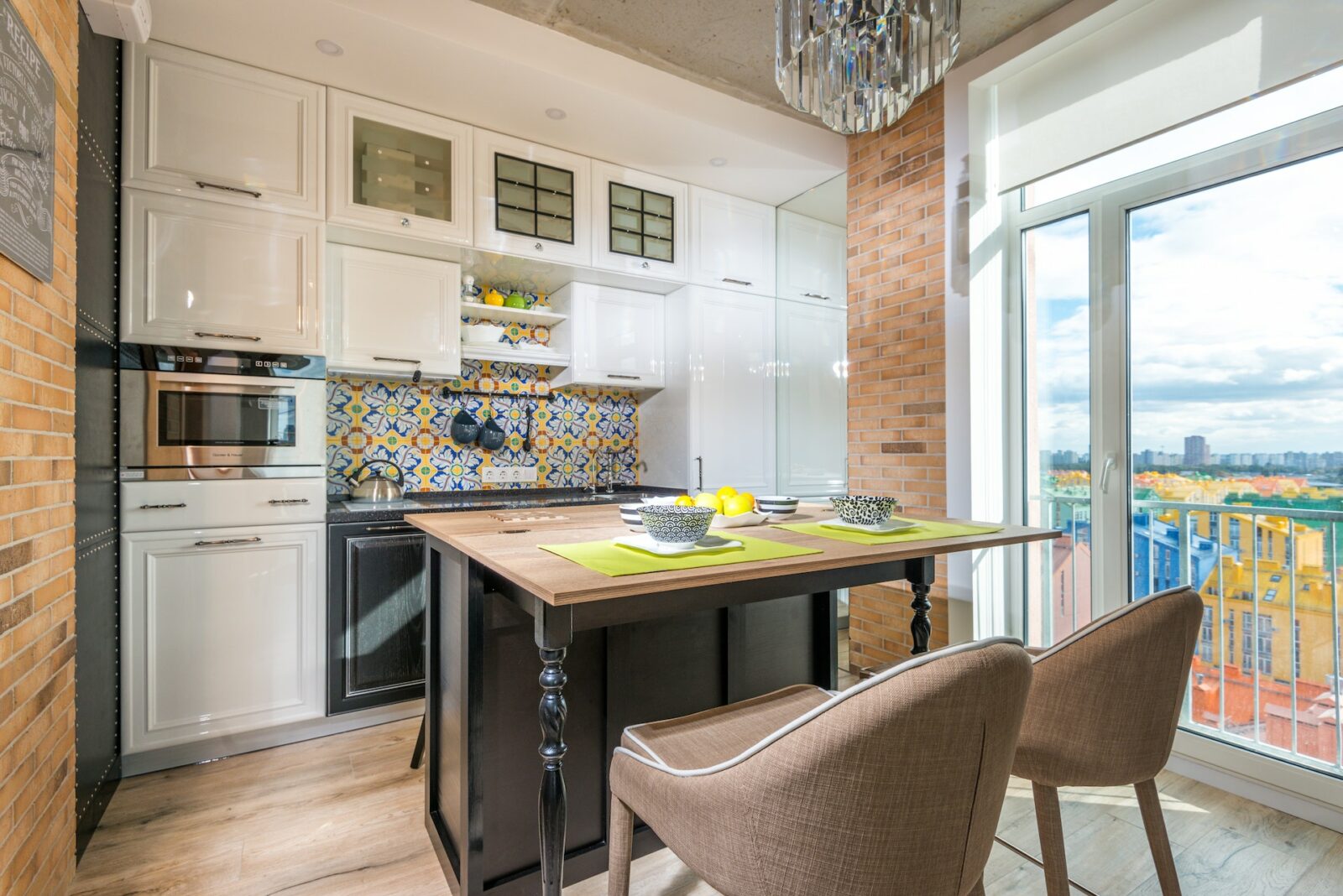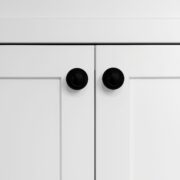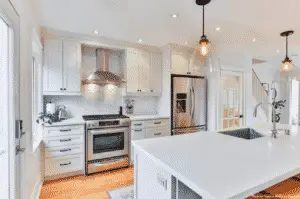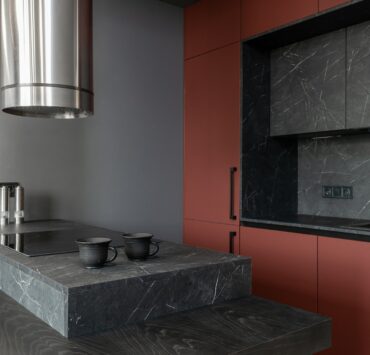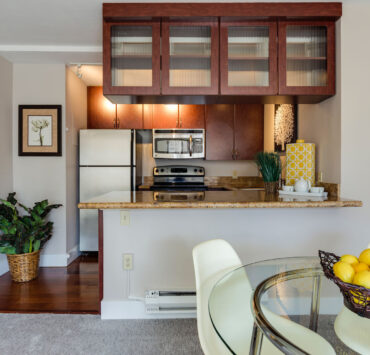When planning a kitchen or home renovation, one of the most common questions that arise is whether to install cabinets or flooring first. Generally, people prefer installing cabinets first as it prevents any possible damage to the newly installed flooring along with helping in saving money.
The order of installation can impact the efficiency, safety, and overall look of your space. In this article, we will explore the advantages and disadvantages of both methods and provide recommendations on when to install cabinets before flooring or vice versa.
When to Install Cabinets Before Flooring?
Installing cabinets before flooring is a common practice in older homes and renovation projects where the floor is not being replaced. Here are some scenarios where doing s0 is recommended:
You Have Existing Cabinets That You Want to Keep
If you are planning a remodeling and want to keep your current cabinets, installing new flooring first can result in height issues. This can lead to an uneven or wobbly cabinet installation, and you may need to adjust the cabinets to accommodate the new floor height. Installing the cabinets first allows you to fit the flooring perfectly around them.
You Have Uneven Subflooring
If your subfloor is not level, it may be easier to install cabinets first and then level the floor around them. This ensures that your cabinets are installed correctly and are not at risk of shifting or tipping over.
You Have Custom Cabinetry
If you are installing custom cabinets, it’s best to install them first to ensure they fit perfectly. Custom cabinets are often designed to fit snugly in a specific space, so installing the flooring first may result in ill-fitting cabinets.
Pros and Cons of Installing Cabinets Before Flooring
| PROS | CONS |
| Cabinets can be installed perfectly level and plumb, without having to accommodate any unevenness in the floor. | If you are installing new flooring, you may have to cut it precisely to fit around cabinets, which can be time-consuming and challenging. |
| It’s easier to run electrical and plumbing lines under cabinets before the flooring is installed. | If you are installing hardwood flooring, you’ll need to leave a gap between the flooring and the cabinets to allow for expansion and contraction, which can create gaps or spaces. |
| It can be more cost-effective, as you only need to purchase flooring for the open areas of your room. |
When to Install Kitchen Flooring According to Types
Here are some recommendations for when to install different types of flooring in your kitchen based on material and type.
Vinyl and Laminate
Vinyl and laminate are popular choices for kitchen flooring as they are durable and affordable. They are also easy to install and can be laid directly on top of your existing subfloor. It’s recommended to install these types of flooring before installing your cabinets as they are not as thick as other materials and won’t affect the height of your fixtures.
Hardwood
If you are planning to install hardwood flooring in your kitchen, it’s best to install it after your cabinets. However, you must ensure that all height measurements are met accurately. You’ll need to leave a small gap between the flooring and the cabinets to allow for expansion and contraction.
Tiles
Tiles are a popular choice for kitchen flooring as they are easy to clean and come in a variety of designs. It’s recommended to install tiles before cabinets as they are thicker than vinyl and laminate, which can affect the height of your cabinets.
When to Install Flooring Before Kitchen Cabinets
Installing flooring before cabinets is the preferred method for most hardwood floors. This method involves installing the former first and then fitting the cabinets on top of i. Here are some scenarios where installing flooring before cabinets is recommended:
You are Installing New Hardwood Floors
If you are installing new hardwood floors, it’s generally best to install them before the cabinets. When professionals install floors before cabinets, it’s easier to get everything to standard heights. It’s also a safer installation process for your cabinets since you won’t risk any damage to them as professionals install the floors.
You are Installing Tile Floors
If you are installing tile floors, it’s best to install them before your cabinets. Tile floors are thick, and if you install the cabinets first, you may need to cut the tiles to fit around them, which can be time-consuming and expensive.
You Want a Seamless Look
If you are looking for a seamless and consistent look, installing flooring before cabinets is the way to go. With this method, the former sit on top of the flooring, creating a cohesive look without any height differences.
Pros and Cons of Installing Flooring Before Kitchen Cabinets
|
PROS |
CONS |
| It allows for a seamless and consistent look. | You may need to adjust the height of your cabinets if your flooring is thicker than expected. |
| Cabinets can be installed safely without any damage or scratches to the new flooring. | If you are not careful during the cabinet installation process, you can scratch or damage the new flooring. |
| It’s easier to run electrical and plumbing lines under cabinets when they are not yet installed. |
Must Note
It’s important to note that whichever method you choose, professional installation is key to a successful renovation. The best contractors will be able to ensure that everything is level, plumb, and meets industry standards. Additionally, it’s essential to take accurate measurements to ensure that your elements fit together seamlessly.
In conclusion, the decision to install cabinets or flooring first depends on your specific project requirements and personal preferences. While both methods have their advantages and disadvantages, it’s important to consider the type of flooring material, the condition of your subfloor, and the type of cabinets you are installing. With careful planning and professional installation, your remodeling project will be a success.[/vc_column_text][/vc_column][/vc_row]
